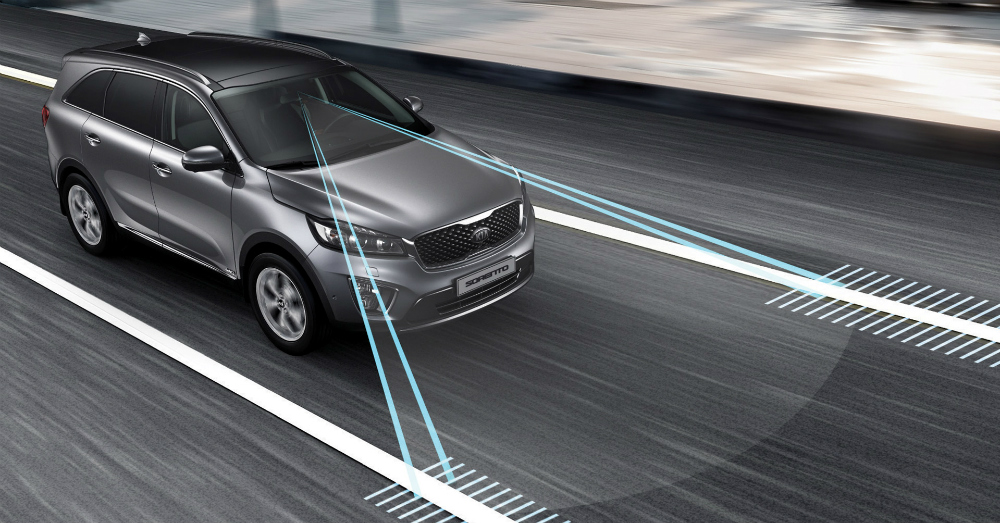Most of us feel like we’re good drivers on the road, but many of us are actually wrong. There are at least five systematic behaviors that need to be corrected right away so that we can become better drivers and be more capable of operating a vehicle safely on the road. We are unfortunately a victim to the poor driving habits of everyone else around us, but if we are aware of not only our own shortcomings but those of other drivers as well there’s a good chance we can have a better driving experience on the road and avoid accidents.
Aware of Surroundings – While this sounds like the most basic principle of driving we often get into a habit of focusing too hard on the gauges, the radio or (God forbid) our phones while driving. What we need to see is the horizon line in front of us and work our way back and forth from there. With this type of focus for our eyes we won’t be apt to look up from the speedometer and suddenly see a large vehicle that just appeared which was probably in our view the entire time. Being aware of the surroundings of the vehicle you’re driving will make a huge difference for you and the other drivers on the road.
Improper Braking – There’s more to braking than simply pushing on the pedal to the left of the accelerator. First of all, you need to prepare enough space to brake properly. This means leaving space in front of you for the other drivers to do things that are somewhat unpredictable. In addition to this space you want to brake smoothly and moderately. If you learn to leave this follow distance and brake slow and smooth your pads and rotors will last a lot longer.
Turn Signals – There are some people who simply don’t use their turn signals at all. This is awful because you can’t predict with any accuracy how and where a driver is going to turn. These items are in your vehicle for a reason, so that you can inform other drivers of your intention. Not only should you use them when you make a turn off a road, you need to make use of them when you’re ready to change lanes and use them to give a signal that lets another driver know you’re intention to move into a different lane.
Order of Operation – When you put something together there is an order of operation. Probably the first time you heard this term was in math class, but that applies to driving as well. Whether you’re going to turn or change lanes the order of operation should be to turn on your signal, begin to slow down, then apply your brakes and finally make your movement in the direction you signaled. The more notice you can give other drivers the better when on the road. Trying to do all three at one time will result in confusion and eventually cause a collision that will undoubtedly be your fault.
Intersection Courtesy – First of all, you never change lanes when entering an intersection. Regardless of the lane or direction you’re in, this is not acceptable. When turning, it’s important to turn in the correct lane as well. Whether you have a multiple lane turn or you have a single lane turn you need to turn in the correct lane. This means turning left in the left lane and staying to the left. The same is true for the right lane. Having the proper courtesy in an intersection can avoid a vast majority of the accidents we see at intersections today.





